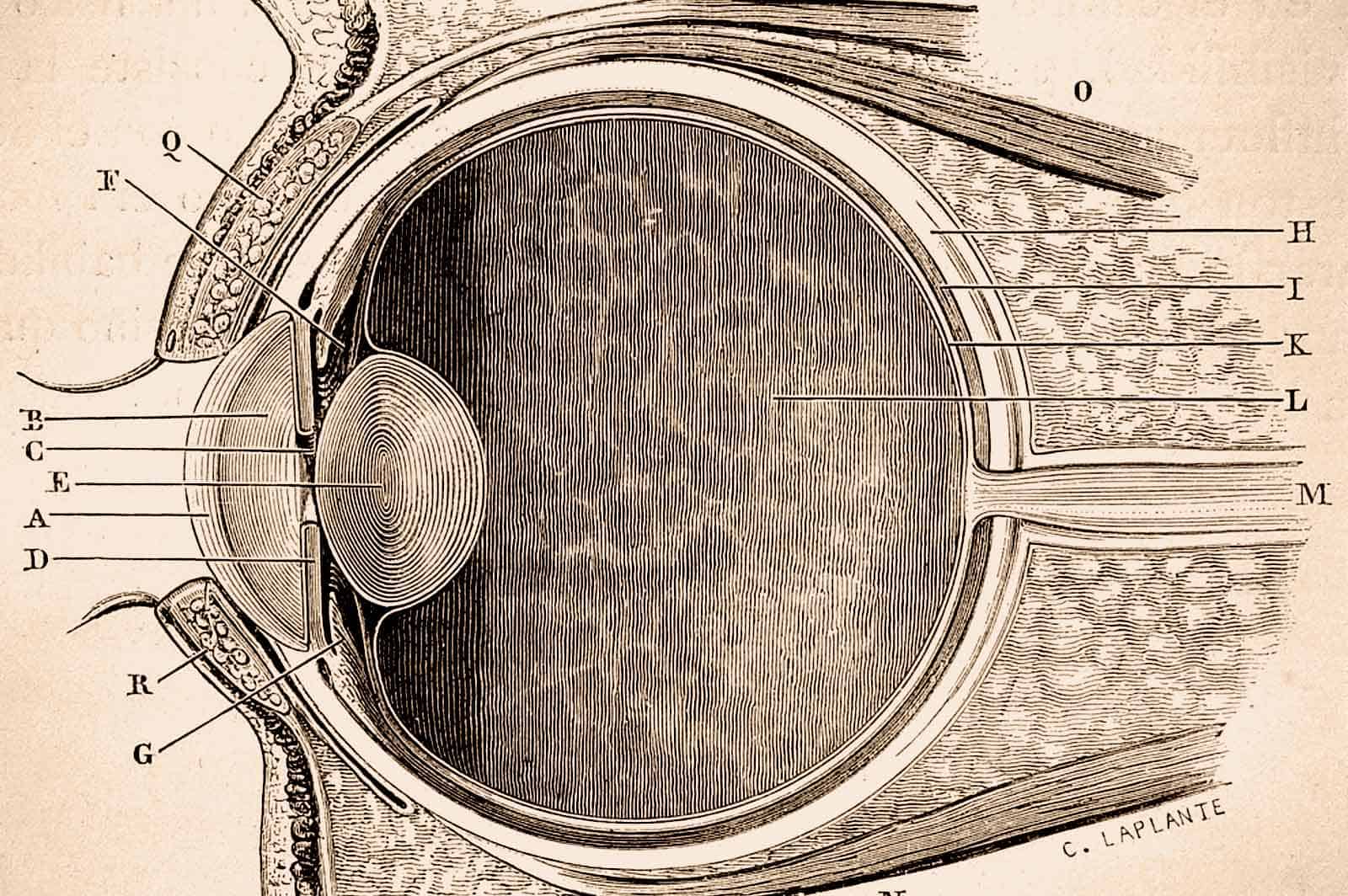Website Accessibility in 2021
Accessibility is rapidly becoming a baseline expectation for a “good” website in 2021. Tools like Google’s Lighthouse Report provide increased visibility into accessibility. We’ve seen an increased interest in prospects and clients seeking some kind of accessibility remediation or seeking WCAG as a request for proposal requirements. On the other hand, many do not yet fully appreciate what requiring WCAG 2.0 AA really means for their web project.

What is web accessibility?
For simplicity, we will describe accessibility as generally content, design, and front-end development steps that are taken to increase the utility of a website for end-users accessing the site with the assistance of various tools often called “assistive technology.” For example, screen readers, screen magnifiers, text readers, speech input software, and alternative input devices (instead of a mouse and keyboard).
Who uses assistive technology?
For some, it comes as a surprise that 1 in 4 US adults live with a disability. What’s more, this stat represents a vast audience—approximately 61 million people in the US and $645 billion in annual disposable income. Consequently, we believe that increasing the utility of a website is a better practice. Accessibility is the right thing to do. The potential increase in the audience should not be ignored. Improving accessibility in general also improves user experiences. In other words, increasing the accessibility of your website is the right thing to do and could be a win-win for your organization.
What is WCAG?
The World Wide Web Consortium or W3C develops internal standards for the Web. The W3C Accessibility Initiative or WAI is responsible for standards and support materials, including WCAG or The W3C Accessibility Guidelines. The WCAG guidelines come in a few flavors and are continuously evolving. WCAG 2.0, 2.1, 2.2 are current, with a 3.0 version drafted. Within each version number, there are three general levels, A, AA, and AAA.
What Level of WCAG is Called For?
We often see requests for WCAG without a level indicated. So right away, the question becomes what level are you trying to achieve. While we believe it’s the right thing to do, there are significant efforts to achieve any level of WCAG. Keep in mind WCAG levels indicate the many steps taken to make a site more accessible. Those steps include addressing the content of the website itself. For example, at a AA level, all video content must provide captions at AAA; all video content is should include sign language interpretation. It’s not hard to imagine the implication of this requirement for a global website that may be available in 15 or more languages. For many organizations, the question of accessibility will also be a question of resource allocation. If your organization requires a AA or AAA guideline, consider the impact on the overall project budget. The impact is huge.
The Effort Needed to Achieve WCAG 2.0
Consider the effort represented when requesting a given level. In some cases, the effort required to achieve AA or AAA could mean an additional 30% to 70% in time and materials. Because most web project planning teams are not estimating this additional expense the cost often comes with a wave of sticker shock. Keep in mind to truly achieve AA or AAA will require extensive additional effort above and beyond a typical website build. Your content team will have a lot to do. Consider, for example, adding alternative text (alt-text) to all your website images. While you should be doing this already, if you have not done so, this could mean editing alt text on hundreds or thousands of photos. Also, consider how much more testing and validation is required. Accessibility testing requires much more work. There are dozens of line items to check and test. Many of the tests require additional tools like JAWS.
WCAG – Guideline by Definition
The G in WCAG is “Guidelines.” While WCAG provides a wealth of information and recommendations to-date, the guidelines provided are just that, guidelines. The lack of clarity around laws or policies makes “compliance” questions challenging to navigate. In the US, to our knowledge, there is not a universally applicable accessibility law as far as websites or digital experiences are concerned. The conflation of WCAG and ADA is often a point of confusion. Many RFPs merge the Americans with Disabilities Act (ADA) and or Section 508 with WCAG. Unfortunately, these are not synonymous concepts or guidelines. One of the challenges in adopting WCAG for “ADA compliance” is that WCAG is a guideline, not a law. What’s more, is WCAG is a moving target. As mentioned, there are several versions and a new draft already available.
3rd Party WCAG Validation
Keep in mind most web vendors are not lawyers (we are not attorneys, nor do we provide legal counsel), and the majority will not have in-house counsel and ADA or WCAG experts that can “validate” or determine “compliance.” So if compliance or legal risk mitigation is your goal, you will likely need to engage a 3rd party who can specifically test, validate and accept some degree of legal risk in doing so. Another critical point here is that addons, plugins, and browser extensions do not provide this kind of coverage. The marketing teams behind these plugins and addons would have you believe a different message. In our experience, for those who need to achieve a level of “compliance,” a 3rd party is the best approach. You will need great designers and strong front-end-developers like those at Adage Tech—Designers and developers who understand how to design and implement the requirements of WCAG. Still, the 3rd party like NCAM or Accessibility 360 provides additional and, at times, needed consulting around the legalese.
Image Credit: “‘Sección diametral antero-posterior del ojo humano’.” by Biblioteca Rector Machado y Nuñez is marked with CC PDM 1.0





